Until now, researchers still have not had a satisfactory answer about the reason why the two stone dragons at the world heritage site of Ho Dynasty Citadel (Vinh Loc District, Thanh Hoa) had their heads cut off.
The Ho Dynasty Citadel - a world heritage site that has existed for more than 600 years and has many mysteries that researchers have yet to explain, including a pair of headless stone dragons.
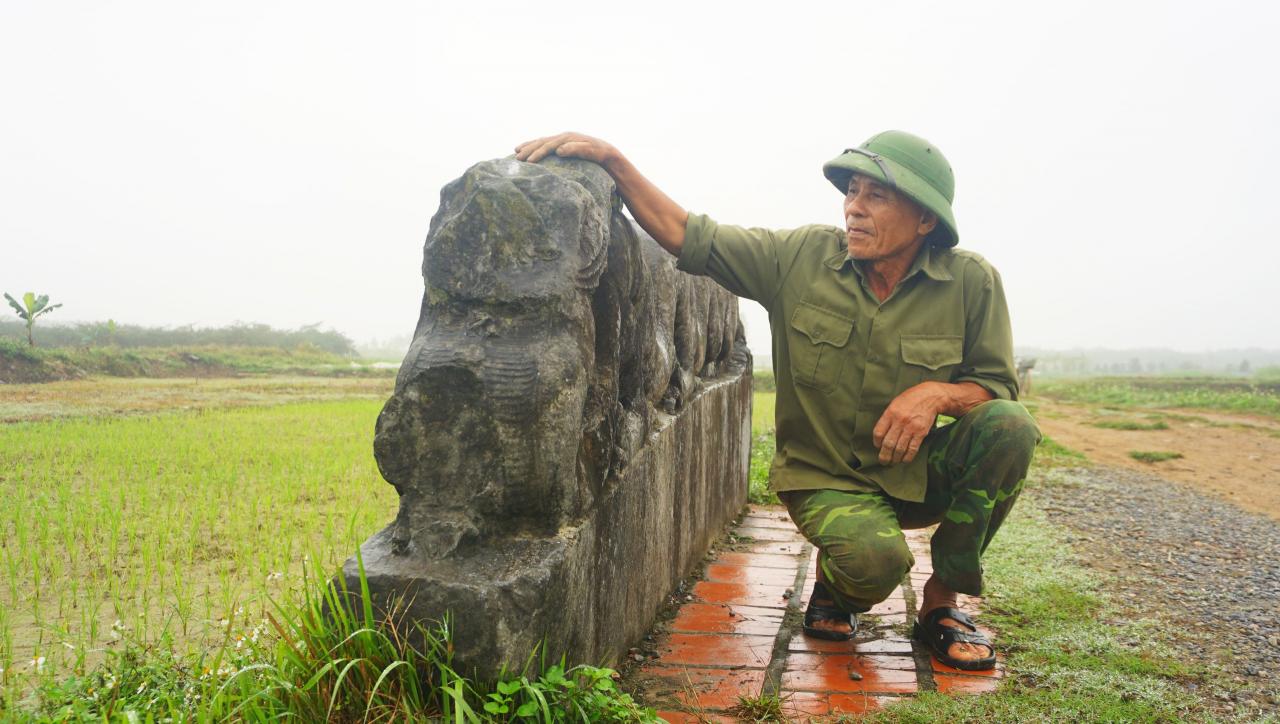
For the past 86 years, researchers have not been able to explain why the pair of stone dragons in the Ho Dynasty Citadel heritage are headless.
According to researchers, these two dragons were placed on the steps of the ancient Tay Do citadel. These two artifacts may have belonged to the steps of different structures, because they are not the same in size and shape.
In East Asian culture and Vietnamese feudal dynasties, the dragon is a symbol of sacredness, embodying the power and absolute authority of the emperor. Through the feudal dynasties, the dragon's shape has changed and contained its own nuances.
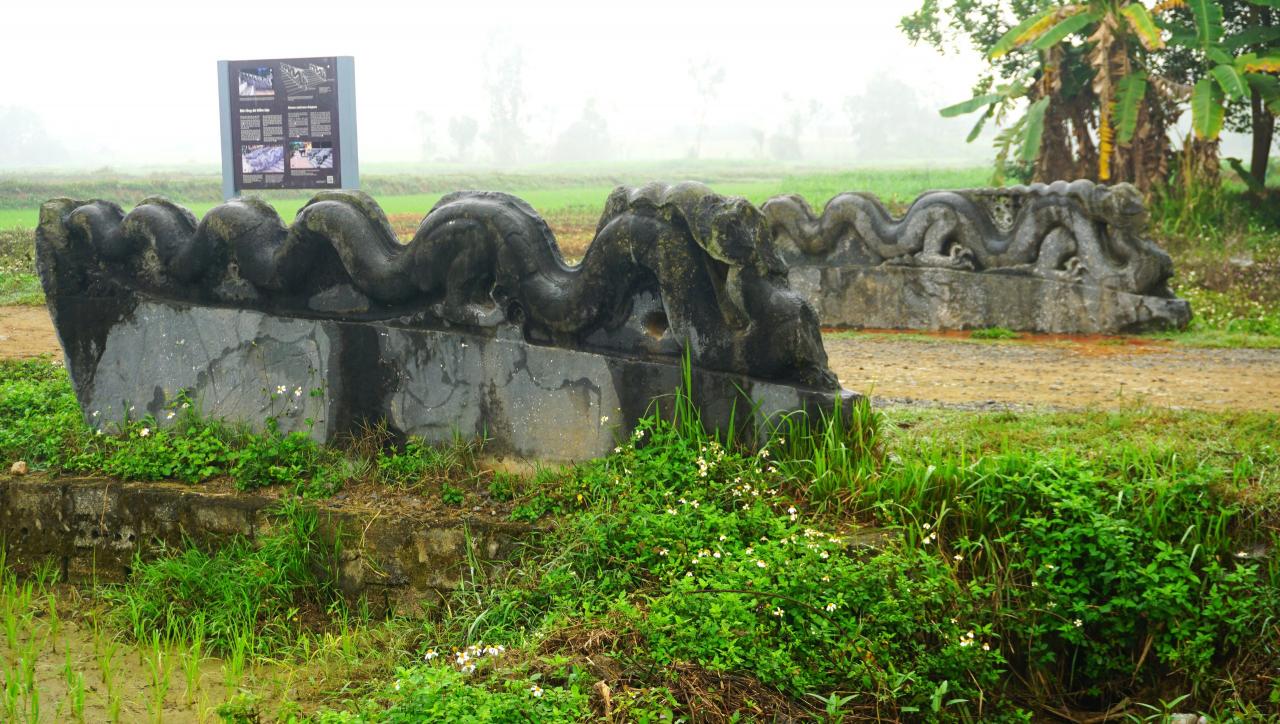
This pair of stone dragons has a total body length of about 3 meters, the head is missing, the remaining part has a long, winding body, body covered with flower scales, long mane, 4 legs with sharp claws, and a fire knife showing the dragon is leaning forward. These are the characteristics of dragons of the Tran - Ho Dynasty.

In 2012, the Ho Dynasty Citadel Heritage Conservation Center received a stone dragon head related to the Ho Dynasty donated by a resident of Vinh Phuc Commune (Vinh Loc District). However, based on the characteristics of the dragon head, researchers determined that it was not the head of one of the two headless stone dragons.
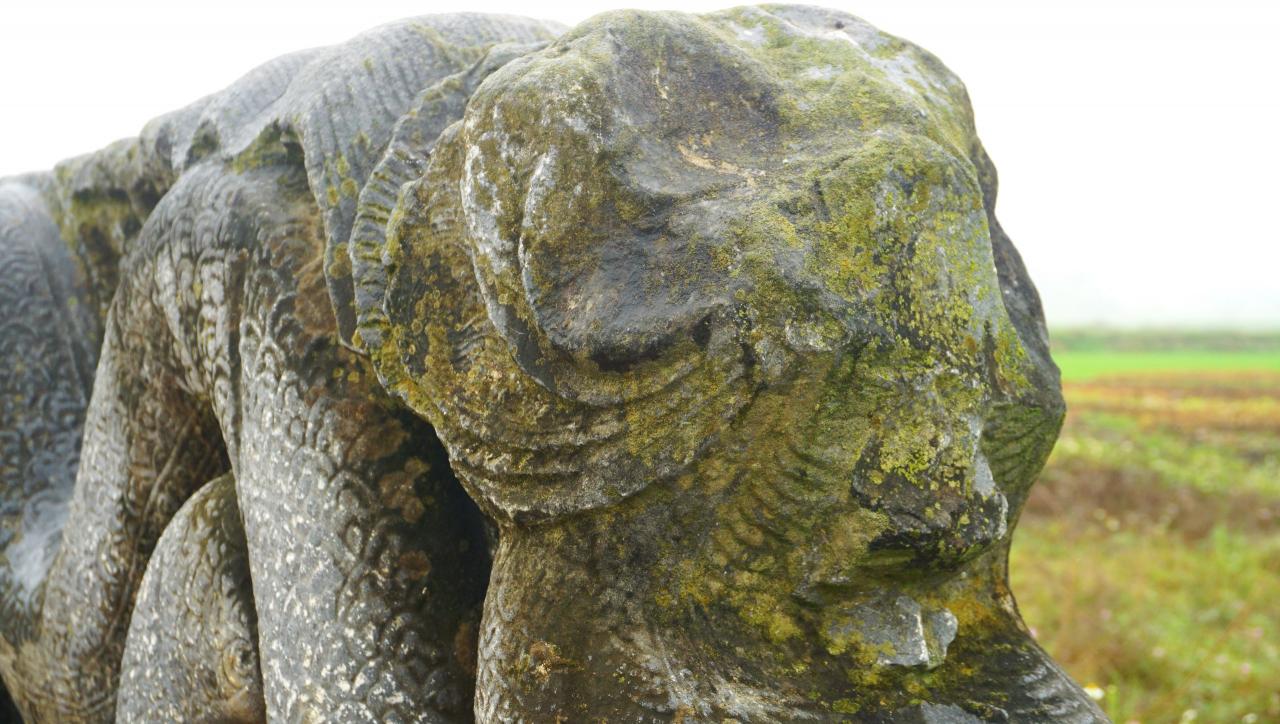
To date, no official conclusion has been made as to the cause of the decapitation of the stone dragons.
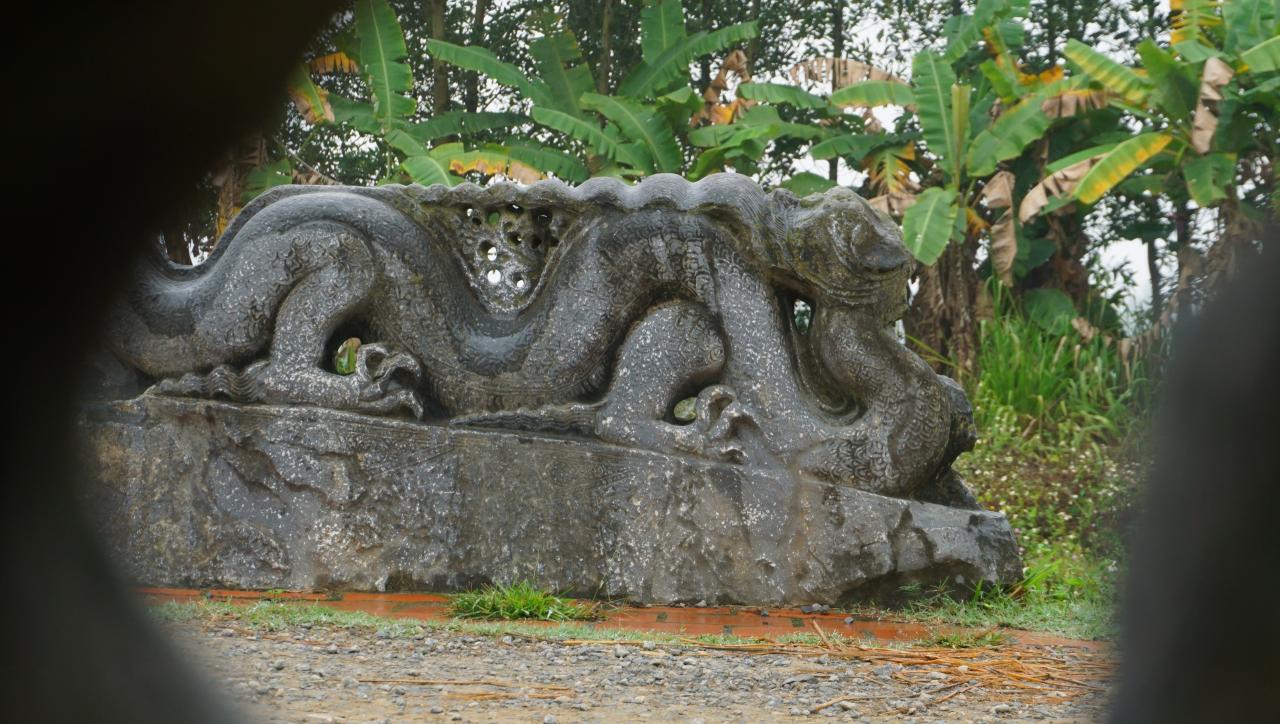
Many hypotheses have been put forward to explain why the stone dragons lost their heads. And the most convincing explanation for why the dragons lost their heads is that after the Ming invaders captured the Ho Dynasty Citadel, they destroyed the dragon heads to mark the end of a dynasty.
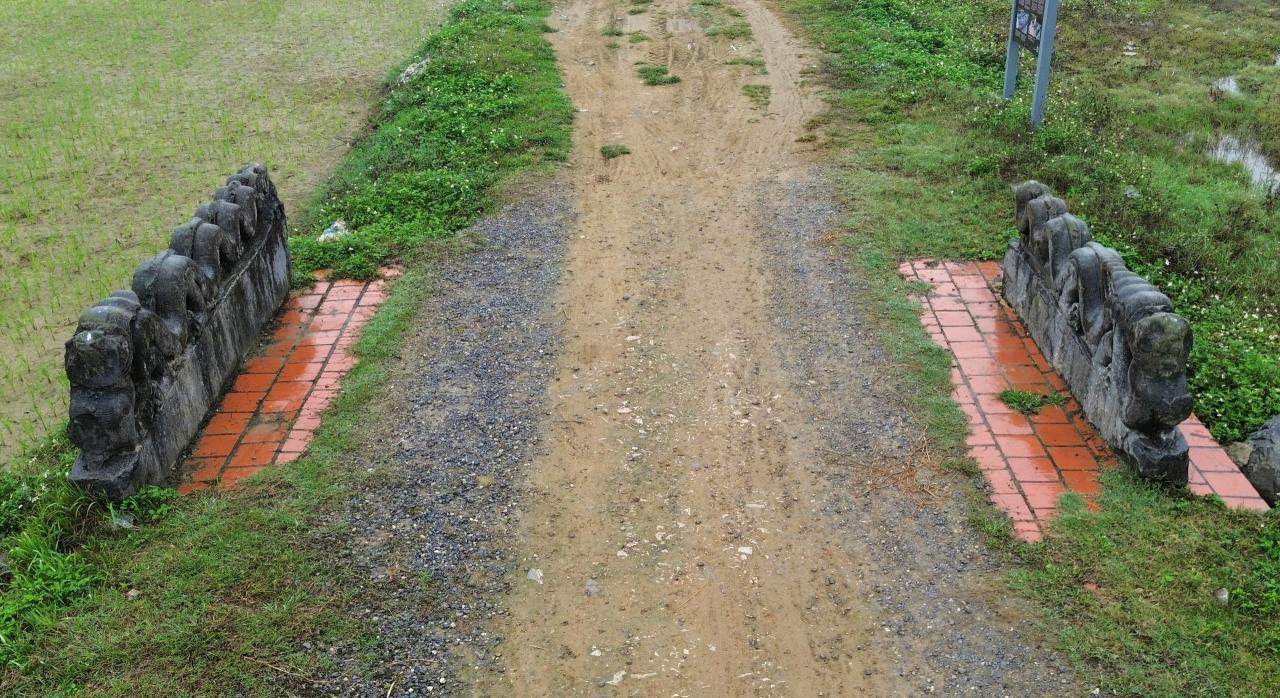
In addition, there are some other explanations for the reason why the dragon's head was cut off, such as: in the feudal history of Vietnam, there were many civil wars between feudal forces to compete for dominance, such as the civil war between the North and South dynasties, the Trinh - Nguyen war, and the attack of the Tay Son army on the Trinh family's forces leading to the destruction of the mascots of the old dynasty.
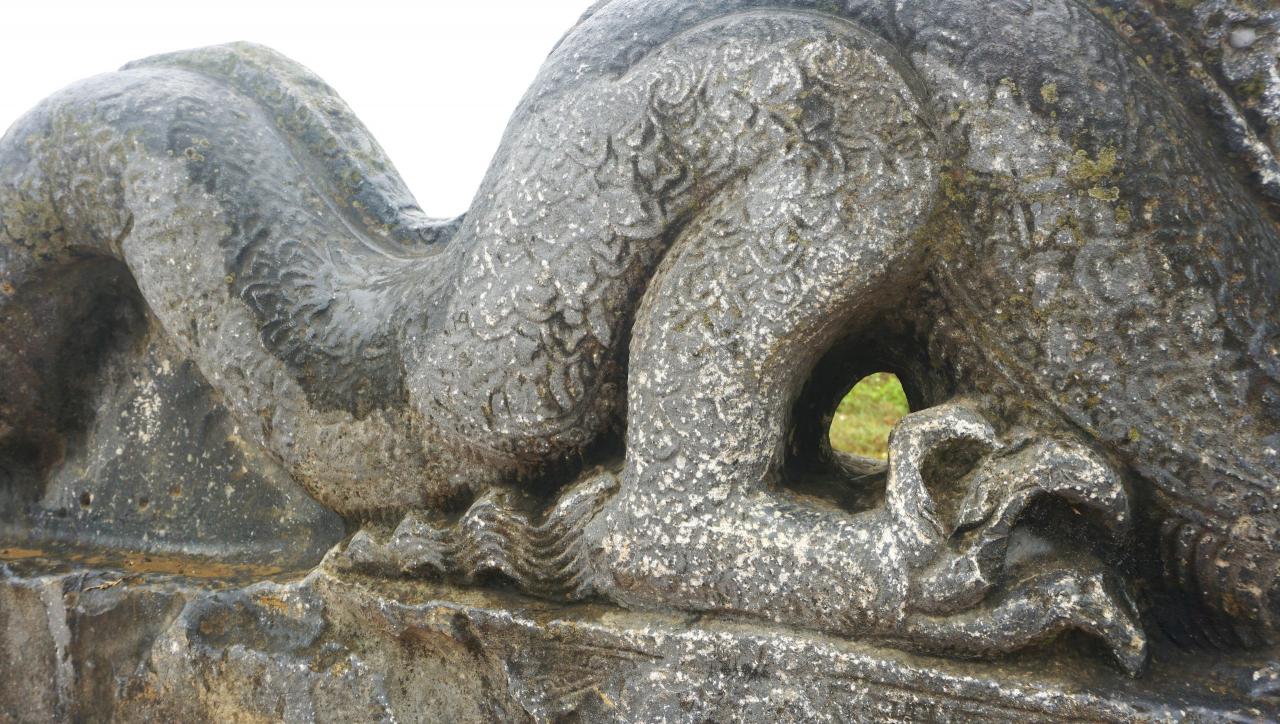
There is also a folk tale about a pair of dragons whose heads were cut off by the people. According to legend, in ancient times, Xuan Giai village, next to the South Gate of the Ho Dynasty Citadel, often caught fire. People believed that the cause was a pair of stone dragons turning their heads towards the village and breathing fire. Therefore, people cut off the heads of the stone dragons to prevent house and village fires.
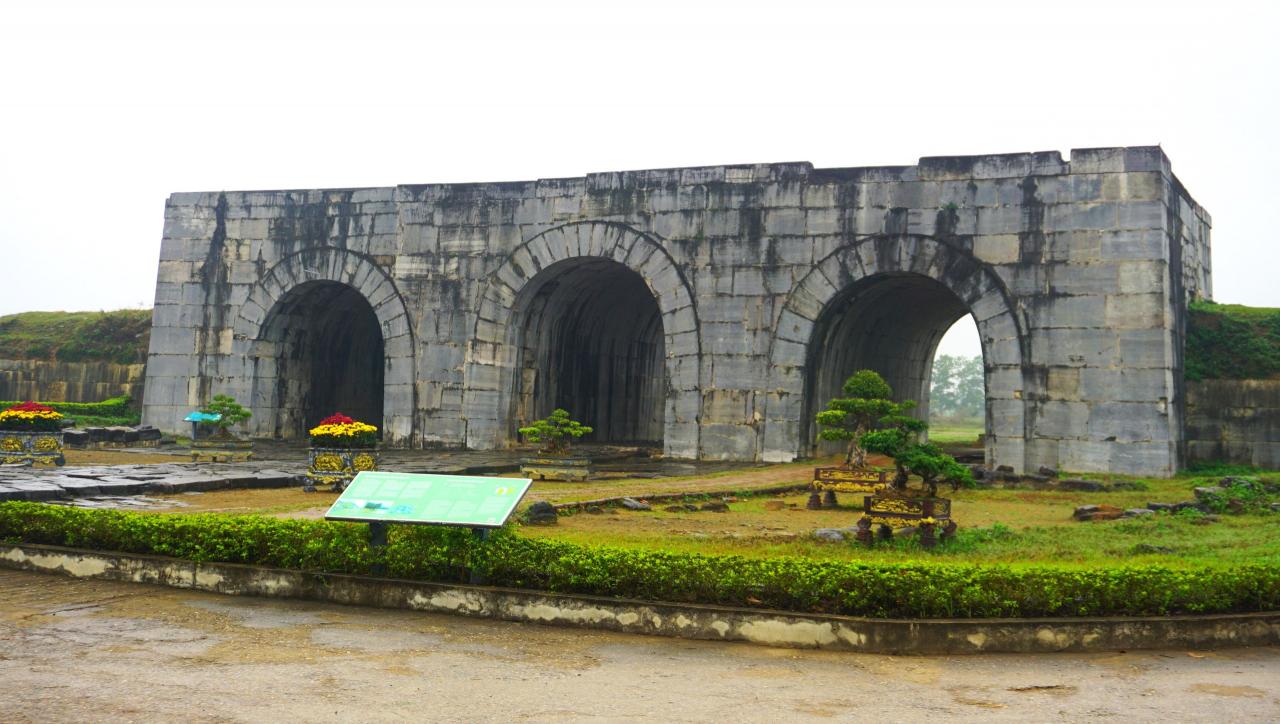
Ho Dynasty Citadel - a majestic stone citadel that still contains many mysteries that need to be solved.
Minh Hai - Thanh Nien Newspaper



![[Photo] "Beauties" participate in the parade rehearsal at Bien Hoa airport](https://vstatic.vietnam.vn/vietnam/resource/IMAGE/2025/4/11/155502af3384431e918de0e2e585d13a)


![[Photo] Looking back at the impressive moments of the Vietnamese rescue team in Myanmar](https://vstatic.vietnam.vn/vietnam/resource/IMAGE/2025/4/11/5623ca902a934e19b604c718265249d0)







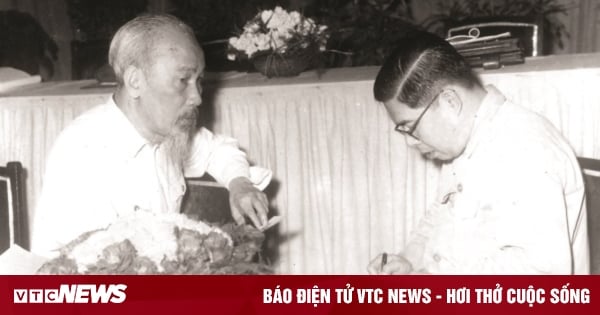



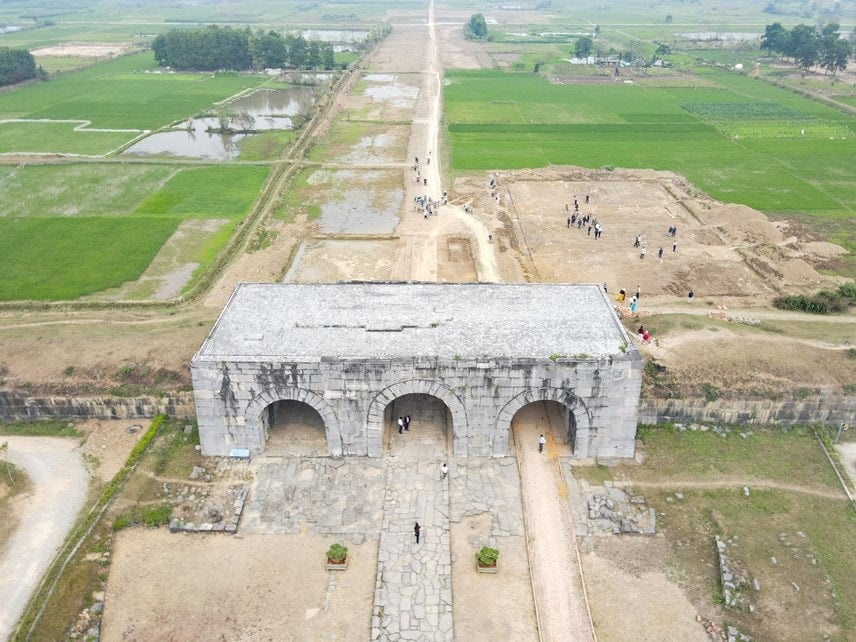












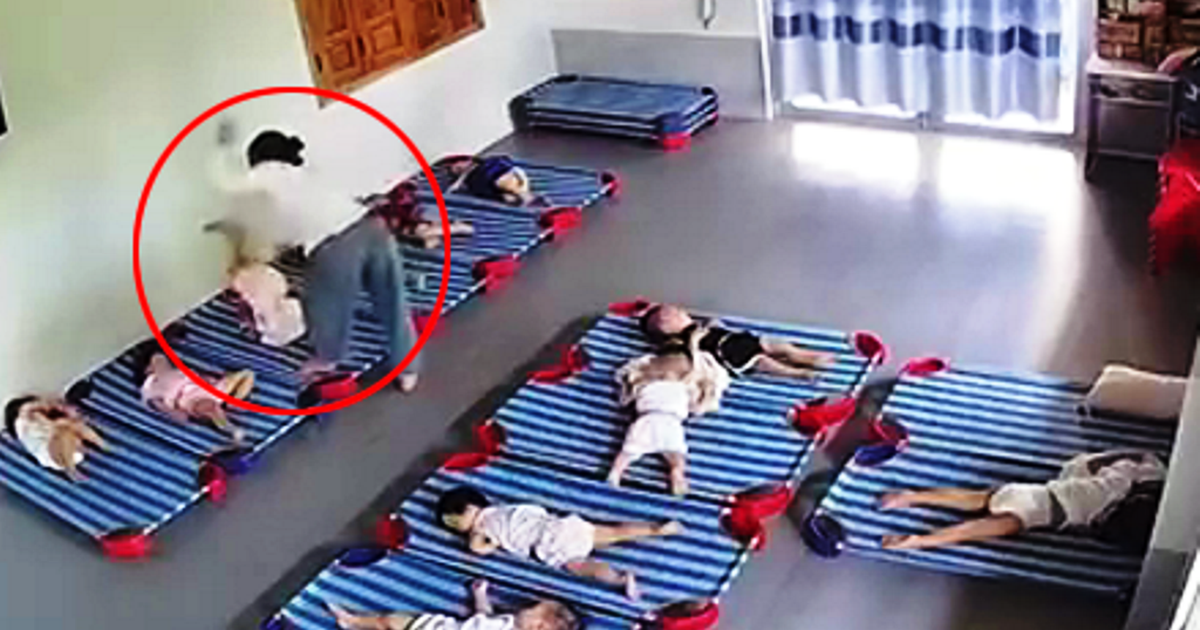



![[Photo] Summary of parade practice in preparation for the April 30th celebration](https://vstatic.vietnam.vn/vietnam/resource/IMAGE/2025/4/11/78cfee0f2cc045b387ff1a4362b5950f)










































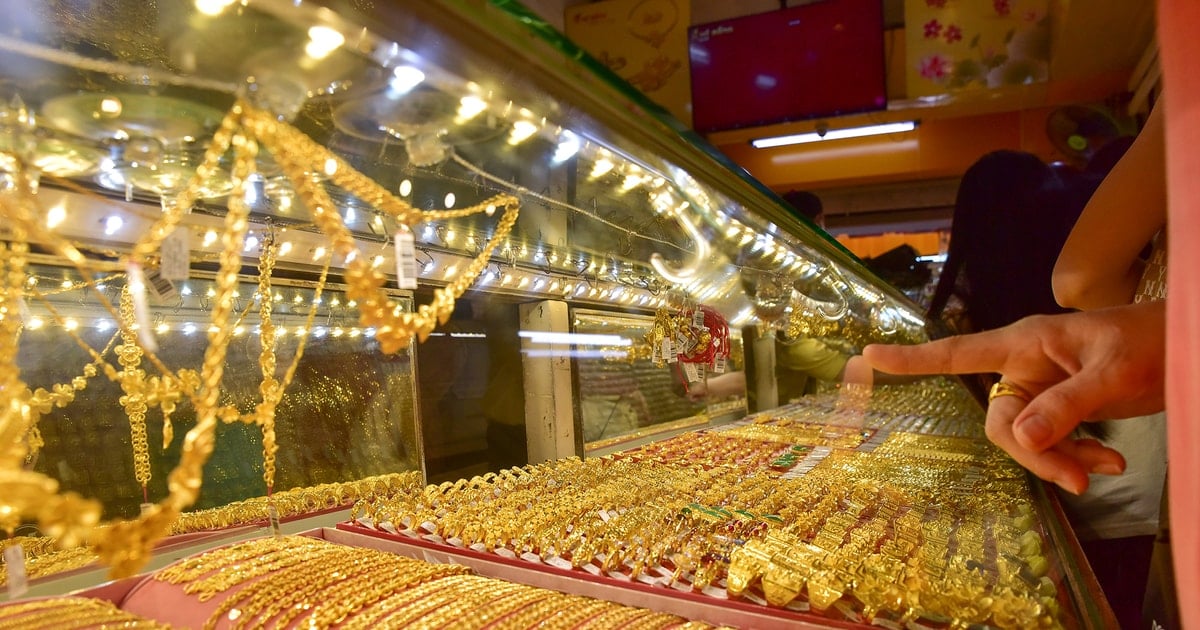














Comment (0)